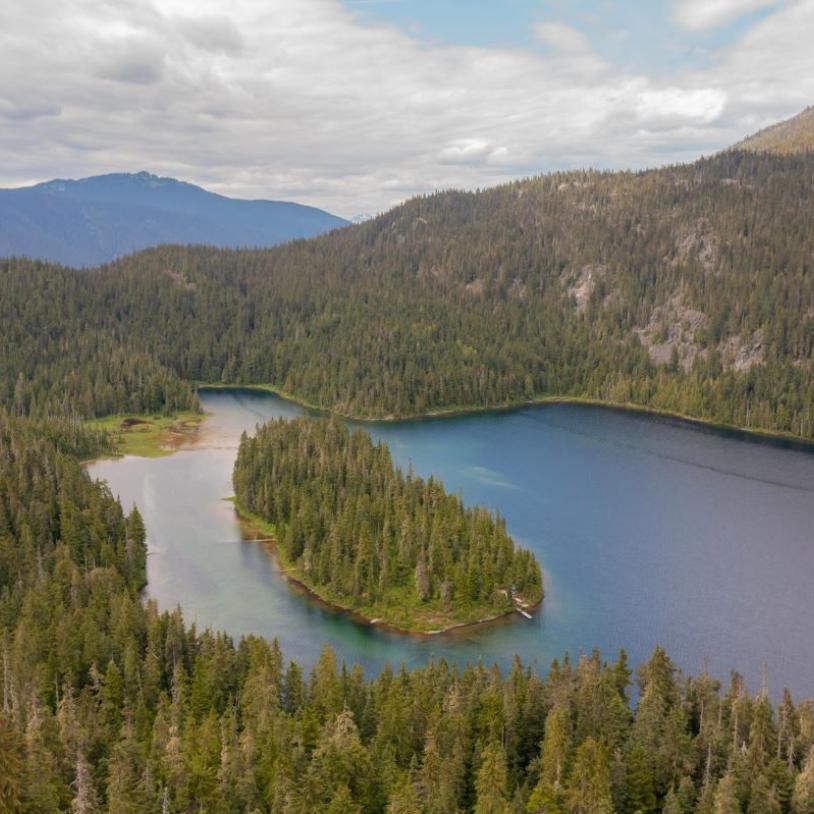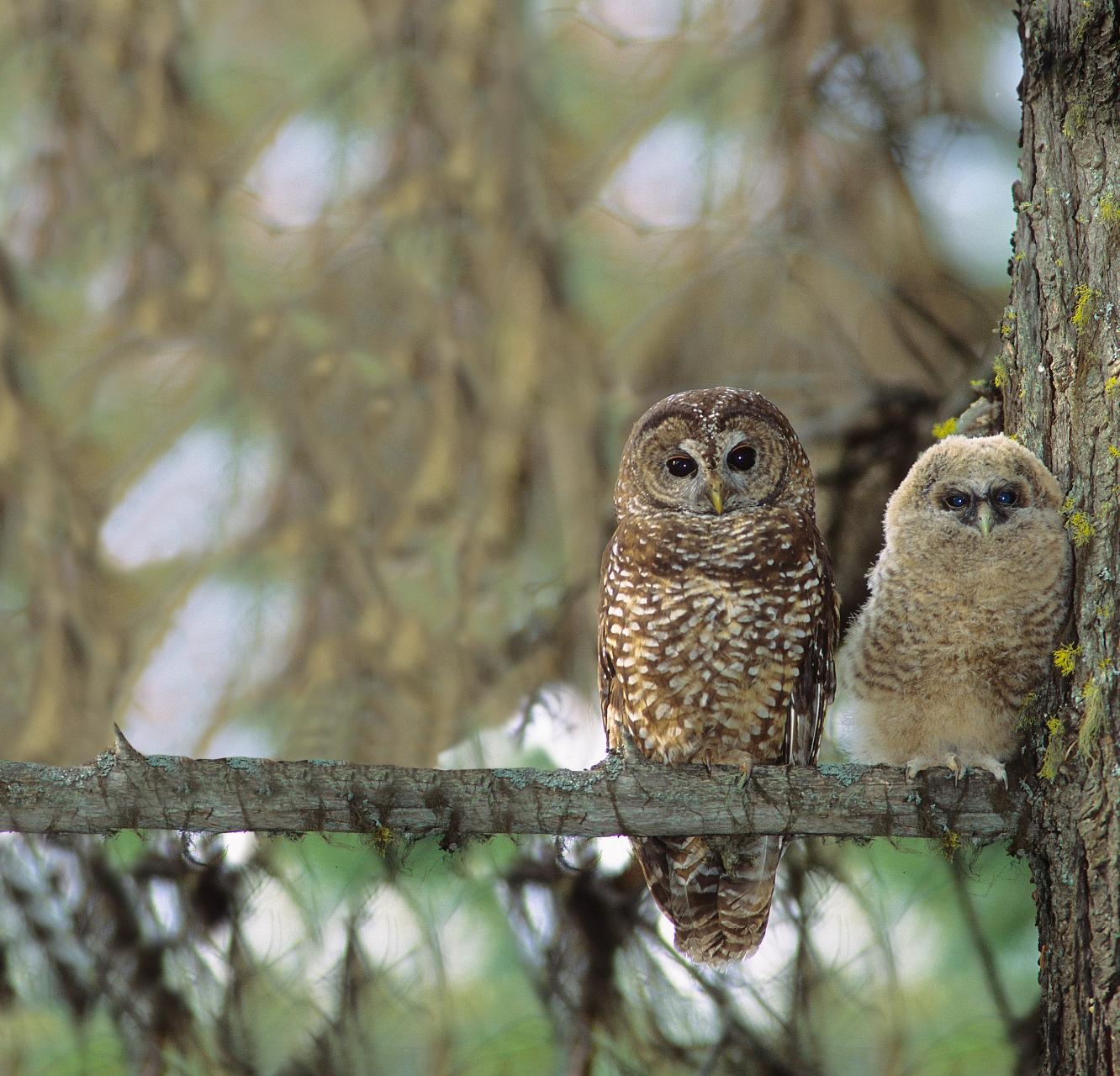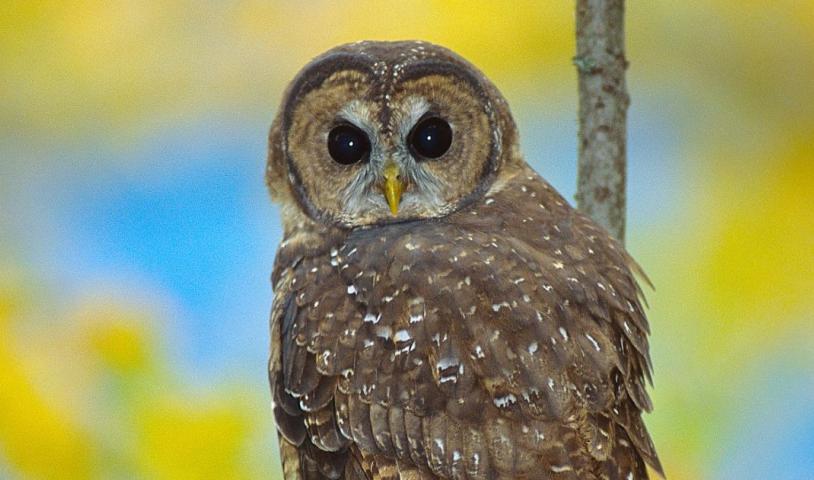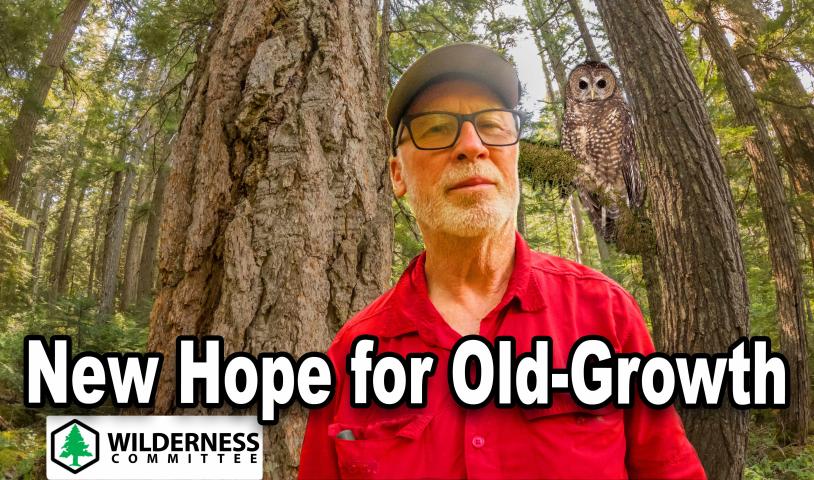Take a hike — in protected forests
Sunday, September 28, 2008
The northern spotted owl is B.C.’s most famous bird. Soon, it will become extinct in Canada unless serious conservation measures are taken in its habitat — threatened old-growth forests of southwestern mainland B.C.
But the forests aren’t only for the owls. More than 100 other known (and many unknown) old-growth dependent species inhabit the southwestern mainland. Many of them are also at risk. Together, these species and their environment form the old-growth forest ecosystem.
This ecosystem also offers many benefits to people including: Recreation opportunities, such as hiking and fishing; the protection of water quality for the Lower Mainland; edible forest products; and carbon storage, which mitigates climate change.
In a recent report, Duncan Knowler and Kristin Dust found that the economic value of conservation for these benefits is greater than the value of logging for many old-growth stands.
Much remains unknown about species habitat needs and what happens to the forest and the benefits it provides when species decline or disappear.
One way to deal with this uncertainty is to conserve “umbrella” species like the northern spotted owl, whose large habitats encompass the habitats of many other species.
If the owl is well protected, so will be many other old-growth dependent species and the critical benefits that the ecosystem provides for people.
So next time someone bemoans the cost of saving the owl, tell them to take a hike — in forests protected for the owls and for us.





